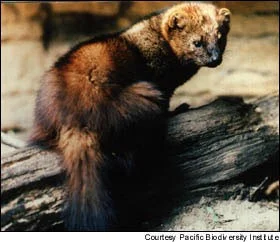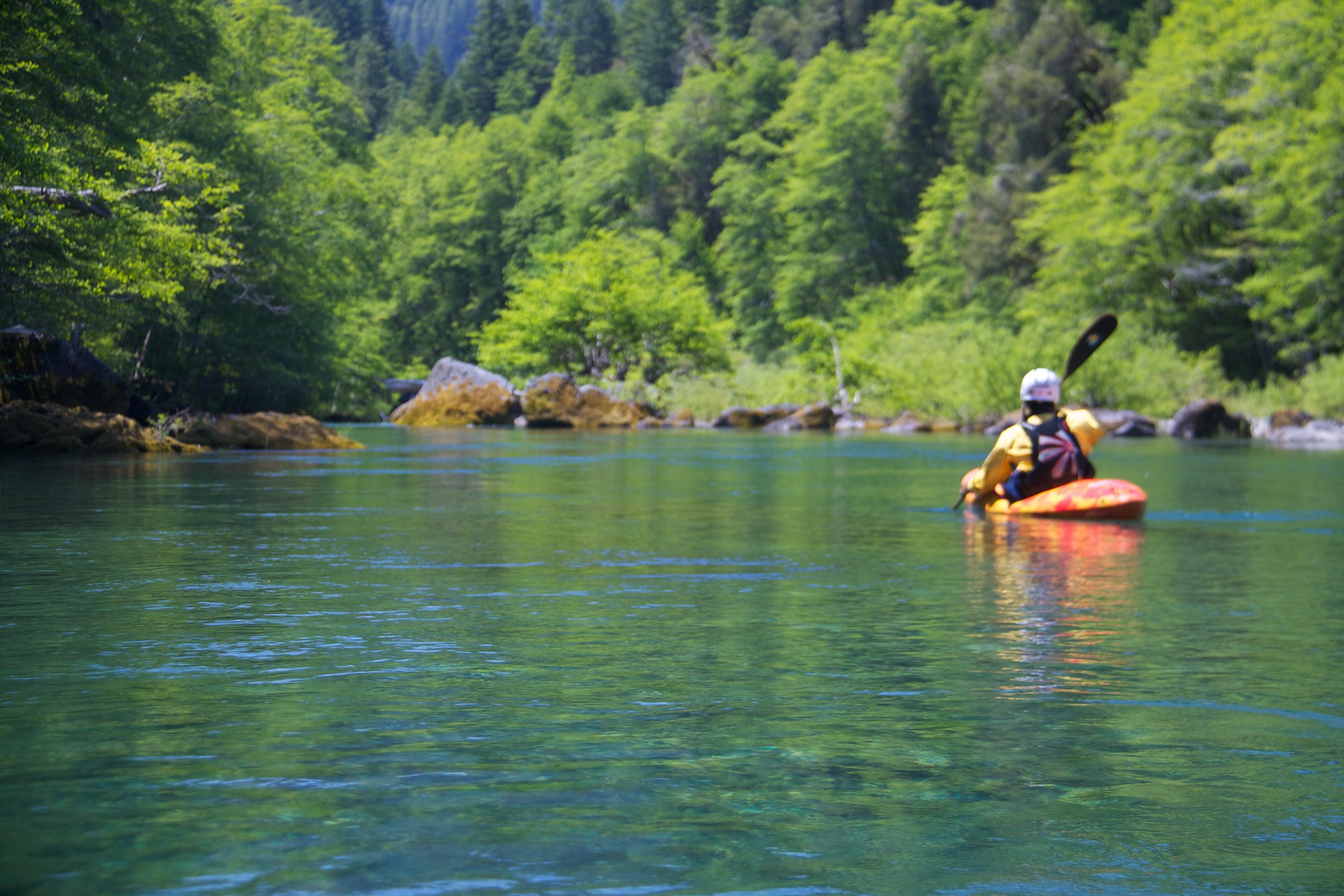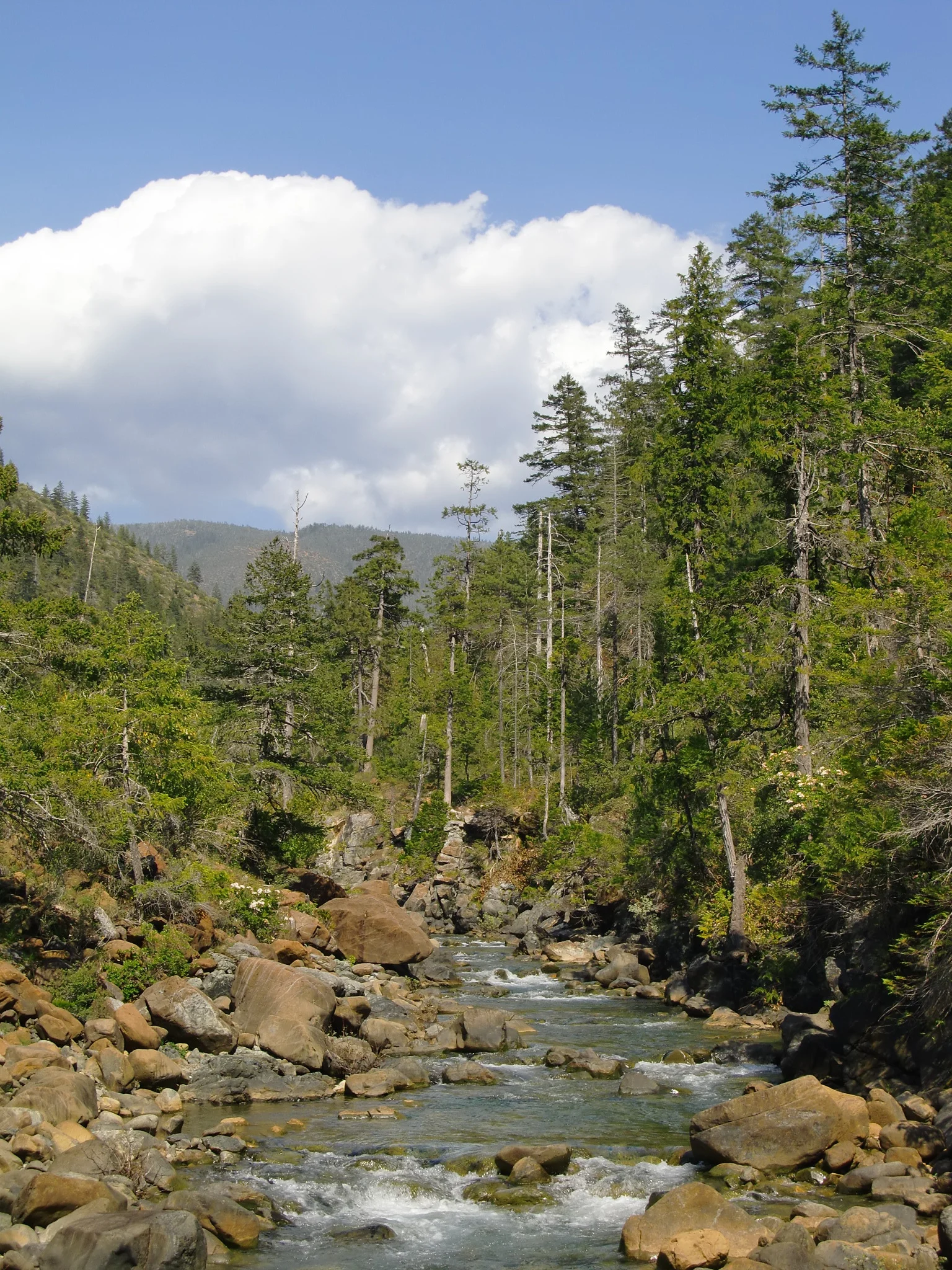Following decades of fire suppression and logging that created dense young forests, a return to ecosystem resiliency requires thinning second-growth plantations, retaining large trees and forest canopy, and returning the role of fire to these fire-dependent forests.
Read MorePart of our work at KS Wild is to track management decisions by the US Fish and Wildlife service to list at-risk species as threatened or endangered under the Endangered Species Act. In continuing a 22-year battle to protect their declining populations, we filed lawsuit with three of our conservation allies to list the Pacific fisher. Other species we continue to fight for include the Siskiyou Mountain Salamander, the Wolverine and four species of Lamprey.
Read MoreThe Bureau of Land Management administers the public forests that surround communities in Western Oregon. These are our backyard forests! Places like the Wild Rogue River, the Applegate Valley foothills and rare plant hotspots in the Illinois Valley deserve our best conservation efforts.
Read Morehe Oregon Department of Forestry (ODF) has failed to protect the clear, cold streams and fish in our region by excluding them in their decision to expand stream buffers for Western Oregon’s forests. ODF granted limited protections for streams to the north but left out almost the entirety of the Siskiyou region (essentially the Rogue Basin) in their policy decision.
Read MoreRegularly visited by botanists, it boasts the highest wildflower diversity in Oregon. Fisher folk appreciate the habitat it provides for steelhead and cutthroat trout, and it is well known by locals for always running clear. Before entering the Wild and Scenic Illinois River, it flows through a rugged, beautiful wilderness landscape. Part of this area, the South Kalmiopsis Roadless area was recommended as an addition to the Kalmiopsis Wilderness in 2004.
Read MoreRetaining trees in streamside areas is incredibly important to keeping streams cool and water clean. A healthy riparian buffer where logging is limited adjacent to streams serves a number of important functions. The shade from trees prevents the water from getting warmer, something that will be more and more important in the face of climate change.
Read More





